Soft Bodies – Non-Rigid Spaces
According to Swedish choreographer Marten Spangberg an adventure is the moment between two secure points when we don’t know what will take place. For sure an adventure offers us the experience of things and phenomena in new ways. The performative adventure can be an excellent carrier to fuse intuition and vision, making decisions which path one may take – which way to go, with certainties of scientific thought. The idea is to experience the limits of applied system. The limit of any discipline often informs us about the state of that discipline, its paradoxes and its contradictions. Questioning limits is a means of determining the nature of discipline.
A certain aspect of dance choreography may support an architectural intention. As ‘work in progress’ the performative approach can be developed and transformed into an operative concept for architecture. Through movement the dancer occupies and describes spatial volume at the same time. Since the body is a soft entity, the space which is to be transformed must be non-rigid. Inevitable intrusion of bodies into controlled order of architecture according to Bernard Tschumi happens by simply entering the building: an act that violates the balance of precisely ordered geometry. Architecture, then, is only an organism passively engaged in constant intercourse with users, whose bodies rush against the carefully established rules of spatial configuration. However, what if the spaces are produced “on-demand” or let’s say through and by the interaction with the bodies. Then we talk about SOFT BODIES – NON-RIGID SPACES.
When spaces and events are functionally independent of one another, one observes a strategy of indifference in which no architectural consideration depend on utilitarian ones, in which space has one logic and events another. What if the event is producing the spatial configuration? What if the spaces are not only activated by the events but generated through them as well. Then the space follows the unstable state of previously unknown event and inherits its logic – always a different one. However, how to visually describe and define 3D spaces, movement and even events through means of 2D plans (floor plans, sections and elevations) or even pseudo 3D, I will call it 2.5D, such as axonometric and perspectives? Very soon a classical architectural tools and methods of notation become very limiting.
The problem of design notation didn’t bother only architects. People like Schnönberg or Cage in music, Joyce in literature, Schlemmer in sculpture or Laban in choreography questioned the notation, in terms that standard notations limit us to produce more or less the same output – ‘the limits of my language are the limits of my world’. Nevertheless, let us come straight to one possible and practical proposal. Here, in a story telling euphoria, the architect designs the set, writes the script and directs the actors. The set could be an open adventure game, the script for example a love story within which the actors develop their own uncontrollable logic.
One example for the good architectural story is described in “Hypnerotomachia Poliphili”. Its story, which is set in 1467, consists of precious and elaborate descriptions of scenes involving the title character, Poliphilo (“Lover of Many Things”, from Greek Polú “Many” + Philos “Beloved”), as he wanders a sort of bucolic-classical dreamland in search of his love Polia (“Many Things”). At his quest Poliphilo treats buildings as objects of desire and enjoys touching and caressing many of them, thus metaphorically demonstrating his feelings for Polia. This is primarily a spiritual quest, which the dream presents in enigmas. Is there such a thing as an architectural narrative? Attempt to play with the fragments of a given reality at the same time as the rational structure of abstract concept, while constantly questioning the nature of architectural signs. All architecture, rather being about functional standards, is about love and death – the wedding and the mourning.
The movements – of audience, dancers, and lovers – should be recorded accurately, without falling into functionalist formulas by precise forms of movement notion. An extension of the drawn conventions or choreography, this notion attempts to eliminate the preconceived meaning given to particular actions in order to concentrate on their spatial effects. By the means of motion capturing, a method of motion tracking (MoCap – motion capturing) the specific points connected to the performer’s body, the exact geometry paths can be derivate. Rather then merely indicating directional arrows on a neutral surface, the logic of movement notation ultimately suggests real corridors of space; or the reverse, shaping continuous volumes, as if a whole movement has been literally solidified, ‘frozen’ into a permanent and massive vector.
Each event or action (a singular moment of a ‘program’) can be denoted by a computer simulation clip, in an attempt to get closer to an objectivity of a situation. Even streamed and overlapped randomly those clips are not accumulation of events; they display a particular organization. Their characteristic is the composite postproduction that confronts spaces, movements, and events, each with its own combinative structure and inherent set of rules.
With the help of advanced software the stream output of various simulation clips overrides and annuls the classical presentation of one performance captured into timeframe. With applied additional effects this stream of volumetric forms become the object of distortions, which constantly questions, distorts and displaces, while the framed is conformist and orderly. Each layer and each sequence reinforces or alters the parts that precede and follow it. The associations so formed allow for a plurality of interpretations rather than a singular fact. Each part is thus both complete and incomplete. Each part is statement against indeterminacy; indeterminacy is always present in the stream, irrespective of its methodological, spatial or narrative nature. There is no beginning and no end in the non-linear timeline of this notation.
The layers previously mentioned will represent the types of relationships: first, an internal relation which deals with the method of work; next dealing with juxtaposition of actual and generated spaces; and last with program (occurrences or events). The first relationship, or transformational sequence, can also be described as a device, a procedure. The second, spatial sequence has endless morphological variations. The third will be programmatic sequence characterized by social and utilitarian considerations of combined stories. By overlapping them they establish the memory of very subjective experience. Any work on autonomous forms requires the conscious use of devices, if it is not to fall into self-indulgent arbitrariness. The rather transformational then presentational device can apply equally and independently to spaces, events and movements (Lev Kuleshov’s effect).
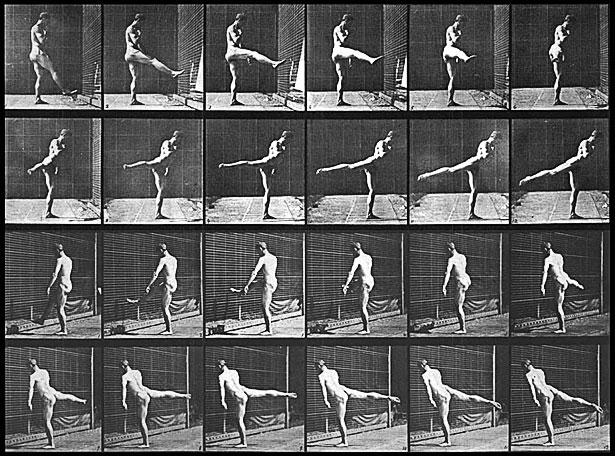
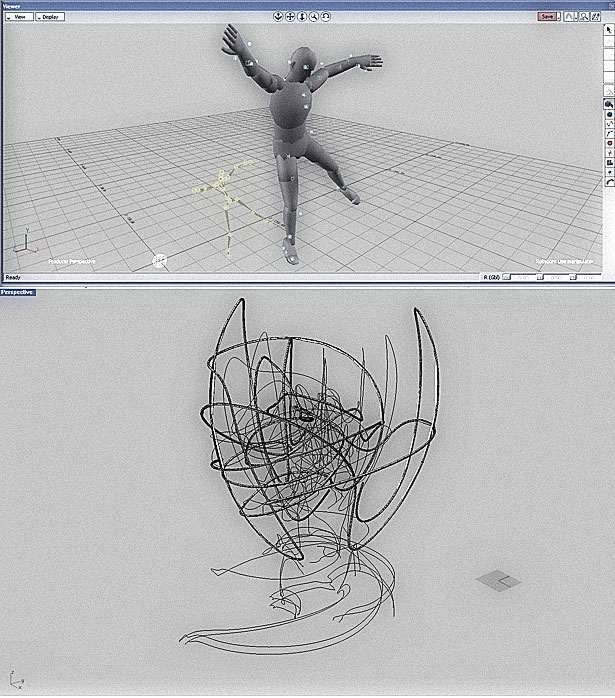
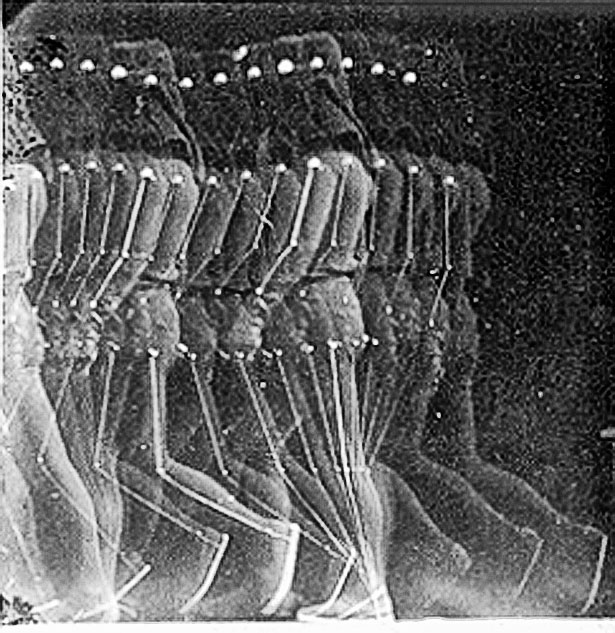
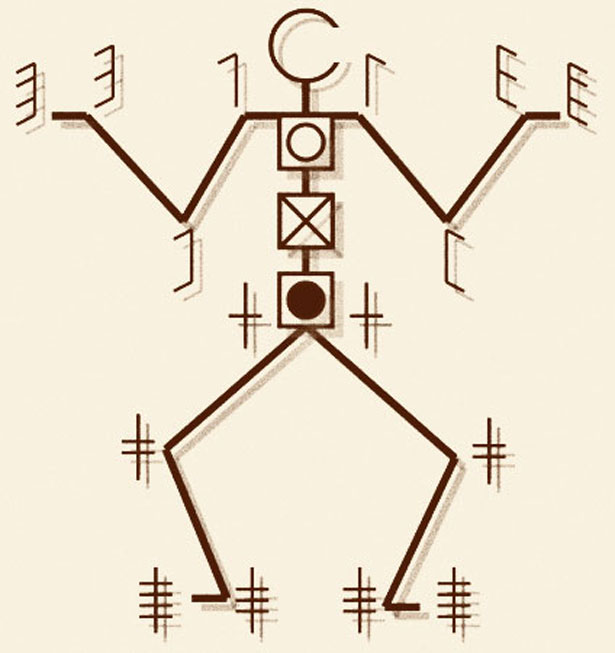
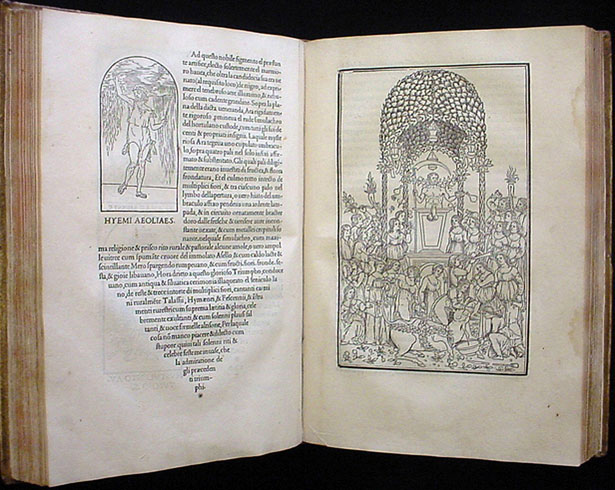
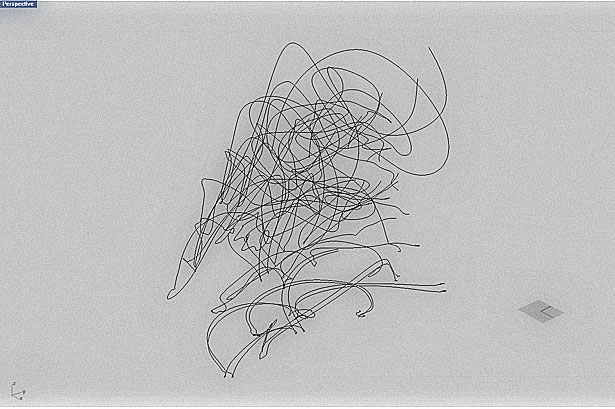
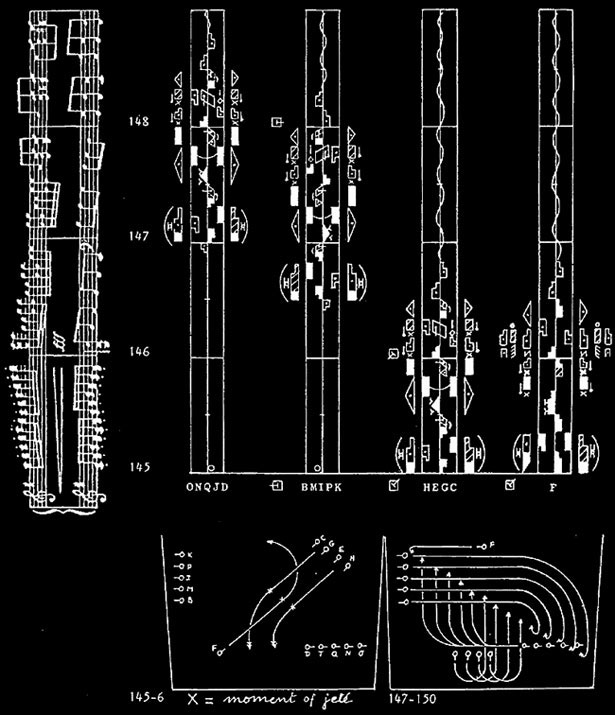

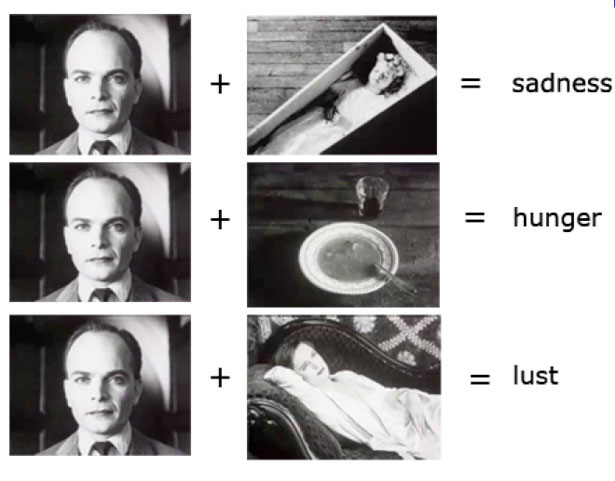
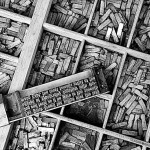
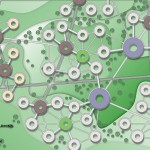


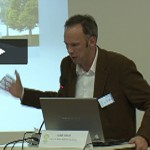






Comments
Dear Ivan, I can suppose that you’d created spaces on the basis of paths that you got by virtue of motion tracking? It would be really interesting to see these continuos volumes.
Thank you in advance, Anna
Dear Anna, that is correct. Thinking of physical space the end result of this project was the creation of “particle clouds”, which have represented the space a dancer has occupied at each moment of the movement. I agree, it would be interesting to materialize this volumes into solid matter. However, there is a danger of loosing their dynamic nature. I was tempted to think of space in this particular case of something which is not lasting, but something which has been constantly re-created and re-informed.
That what I was thinking about last days.. Where can I find particle clouds as the output of the project?
It was not published yet, because it was connected to an event which happened 6 years ago, and somehow the documentation of it is not very good and partially missing. However, I am thinking of reworking this aspect in the future, since it is a quite interesting approach.
You must be logged in to post a comment.